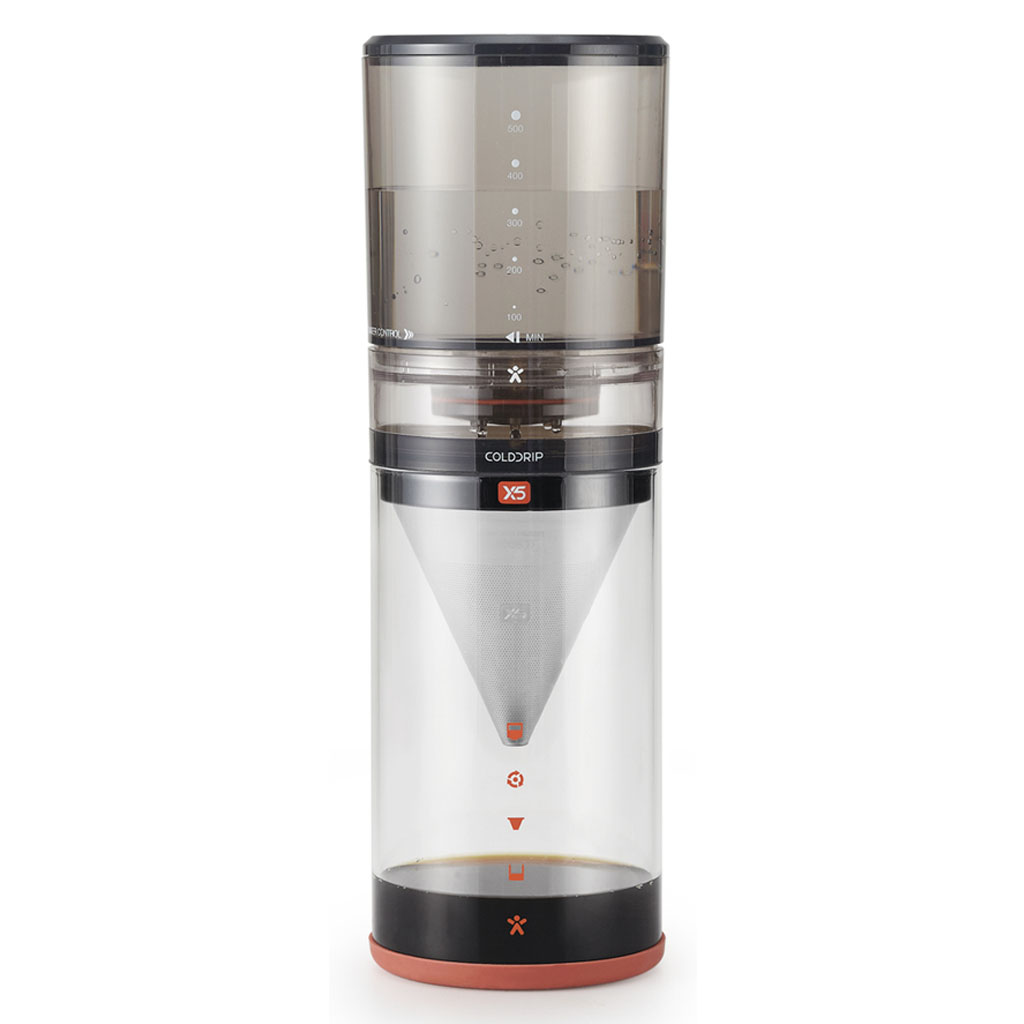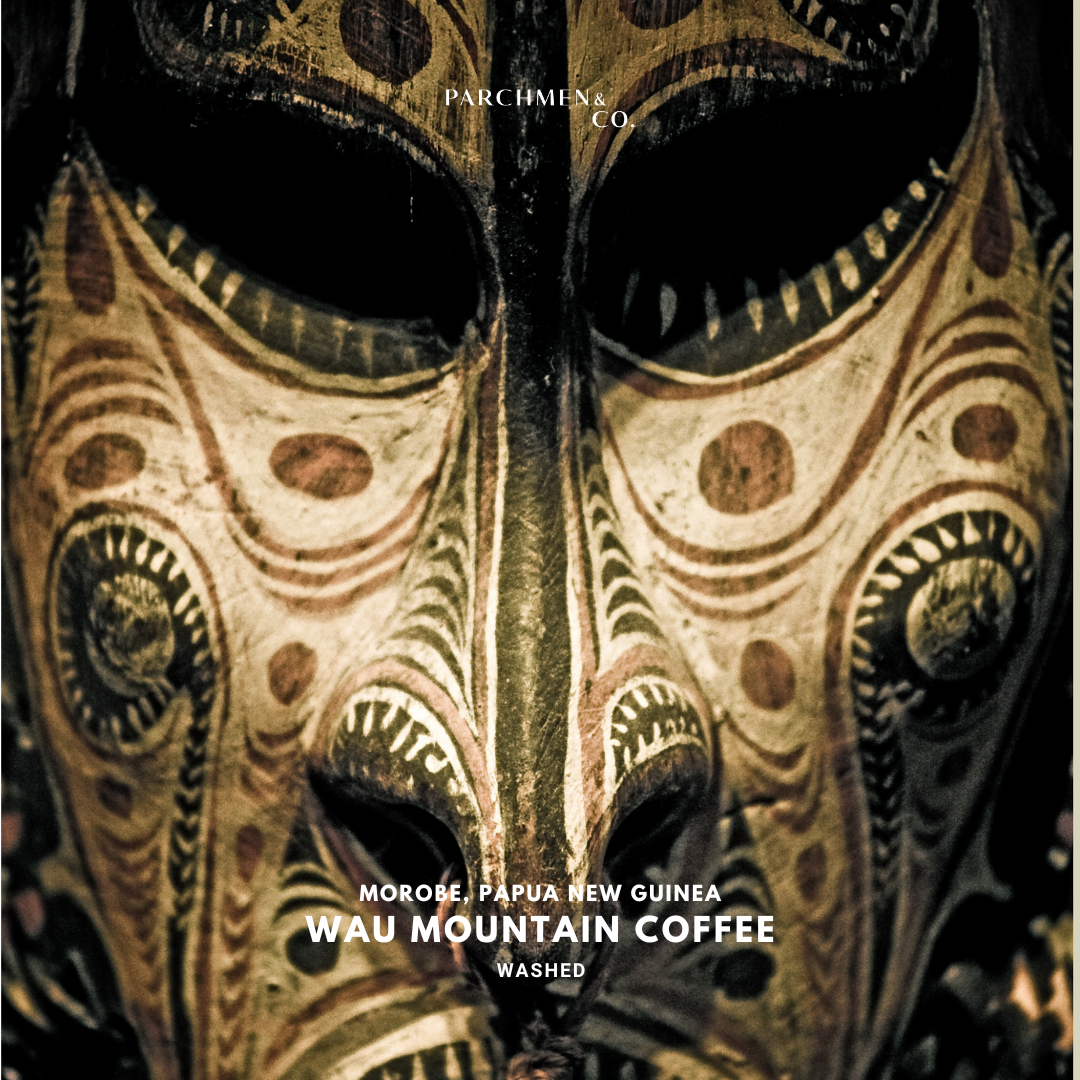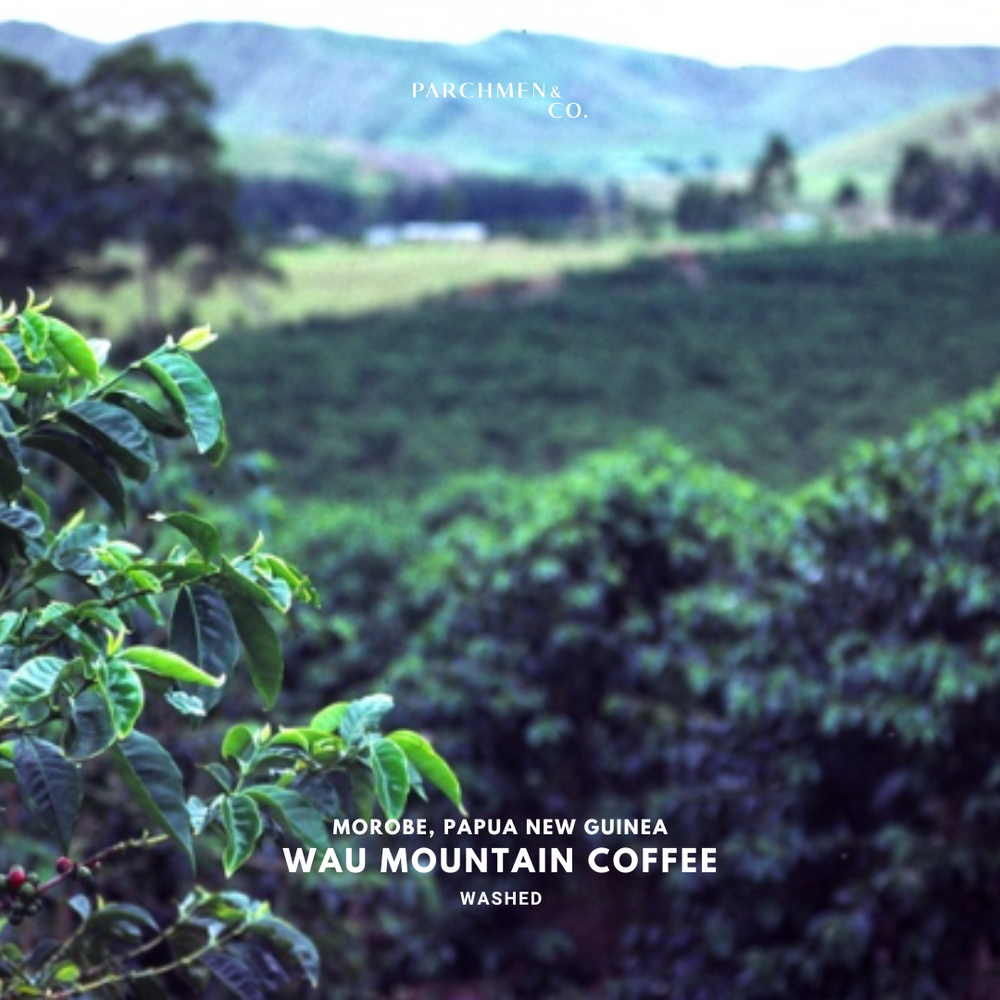PNG Mountain Coffee Wau Washed
- In stock, ready to ship
- Inventory on the way
Toffee | Roasted Cashew | Butterscotch
Papua means the fizziness of the hair in Malay. New Guinea refers to the similarity of the indigenous people of the island with the people in the Guinea coast of West Africa. Both words were named by Spaniards exploring the region post-medieval. Originally separate islands, Papua was first a British colony from 1884 before it was ceded to Australia to rule shortly after. New Guinea was a German colony until it was occupied by Australian troops at the start of WWI. Indeed, Papua New Guinea has a long colonial history.
Papua New Guinea (PNG) has been cultivating coffee for the better part of their colonial past, perhaps for 130 years. Today, about 50% of its population depends on coffee as their sole livelihood. As often repeated on many accounts, the first plantation was established in the eastern island of New Britain province, on the east of the main island of Papua New Guinea. History says that the plantation consisted of cacao and coconut, set up by a "Queen Emma" with the help of her German brother-in-law botanist. To add a romantic touch, it is believed the plantation to have coffee as well. Subsequent government records in the late 19th century showed coffee planted in other neighbouring islands, with the plot on the main island being the most noticeable.
The coffees planted so far were Robusta. In 1928, the Colonial Australian government decided to experiment with arabica at a plot in the small isolated community of Wau in Morobe province. This was eventually sold to German entrepreneur in 1931 who expanded on the range of coffee production and services. The coffee stocks from this plantation became the ancestors of arabica coffees in the country today. More importantly, coffee was distributed to the highlands and this opened up the industry to smallholders who lived within. Surely, the high altitude above 1,500m presented an ideal growing environment for arabica coffee. Such coffees slowly made inroads into the specialty coffee scene today, making its mark as good quality high altitude arabica coffee.
Our coffee is from neighbouring hills of Wau town, around 1,400m. Better known for the gold rush, Wau was called the Morobe Goldfield in the 1920s. Today, its name rings a bell in specialty coffee. It is exported by Mountain Coffee Export, which has recently been bought by the multi-million PNG company NKW Holdings. The coffee varieties are Typica and Bourbon.
Roast Level
This coffee is a delicious straight-forward coffee that presents many nutty notes. We roast deeper to clean up the grassiness, which also brings in the nuttiness that defines this coffee. The development is slightly longer after crack to achieve this while still maintaining it at a light roast. The crema, body and afterflavour are clear and transparent at this roast level.
Brew Flavour
On the filter, we are brewing this coffee using our water recipe, at a ratio of 13.75, with 220ml water to 16g of coffee ground at 700µm. The dry fragrance is that of baked nuts, like walnut or cashew nuts, with a hint of green spices. With the Timemore Crystal Eye dripper and CAFEC TH-1 paper, we are brewing this coffee with 92°C water. The brew aroma in the server presents toffee and caramel. Upon consuming, the coffee is balanced and smooth, with notes of roasted nuts like cashew nuts. It finishes with butterscotch with a hint of sweet stone fruits. When the coffee slowly cools, it maintains its balance, the dominant flavour still defined by roasted and nutty flavours, with a slight showing of its greenness but which is translated to yellow tropical notes, like melon and yellow flowers. The after flavour is clean, smooth and long when hot, and shorter when cool. Our brew recipe, in 1 bloom and 2 pours, is as follows:
0th sec - 40g of water to bloom
45th sec - Add 140g of water to reach 180g, in a fast pour
90th sec - Rest
100th sec - Add 40g of water to reach 220g
110th sec - End of pour
130th sec - Remove dripper from server and discard any remaining coffee in the filter paper
On the espresso, this coffee smells like baked pastries and is very lingering on its nutty and butterscotch notes, similarly on a balance profile supported by sweetness and a smooth mouthfeel. This profile is carried into the white, while the iced black presents the fruity acidity which has so far been the undertone, again accompanied by roasted cashew and butterscotch, with a hint of stone and citrus fruits.
We are using 18g of coffee to extract 45g of espresso, in a ratio of 2.6, in 22 - 23 sec.
Enjoy!











